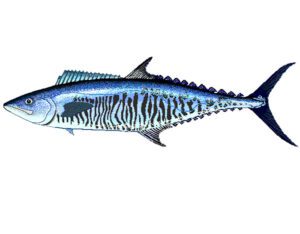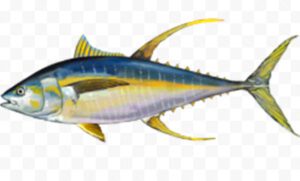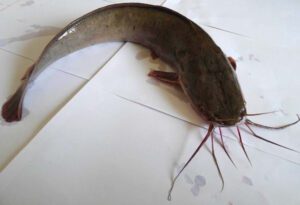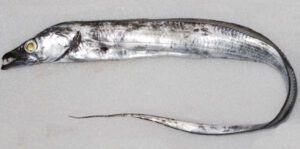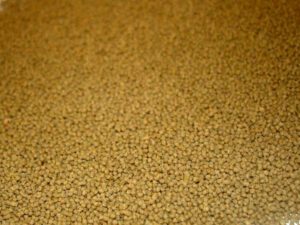The Crucian carp fish is a member of the common carp family Cyprinidae. It is a widely distributed European species, and it’s range spanning from England to Russia.
It is found as far as the Arctic Circle in the Scandinavian countries, and as far south as central France and the region of the Black Sea.
Main habitat of the Crucian carp fish includes slow-moving rivers, lakes and ponds.
It has been established that the fish is native to England and not a introduced fish species there. Read some more information about this fish species below.
Crucian Carp Fish Characteristics
The Crucian carp fish are medium sized fish with lovely and enigmatic appearance. They are relatively short and dumpy creatures. Their coloration varies greatly between venues, like all carp, but have a rich golden color.
They are broadly described as having a body of ‘golden-green shining color’. The young fish are golden-bronze, and darken with maturity. With age they gain a dark green back, deep bronze upper flanks and gold on the lower flanks and belly, and reddish or orange fins.
Although other color variations exist of the Crucian carp fish. One major distinguishing characteristics of this fish is a convexly rounded fin.
Generally, average body length of the Crucian carp fish is around 15 cm, and they rarely weight over 3 kg.
But a maximum recorded length of a male fish is 64 cm, and the heaviest recorded weight is 3 kg. Photo and info from Wikipedia.

Feeding
Like other carp fish species, the Crucian carp fish are very aggressive feeders. Their feed includes almost everything that lives in freshwater.
From leeches to snail eggs, and daphnia to emerging insect life, they will eat it all.
Breeding
The Crucian carp fish can spawn any time, and they can spawn twice between the beginning of May and the end of July. They require warm water and warm weather for breeding.
The males generally follow the females until they are ready to release the eggs. After releasing the eggs, spawning occurs in a really frantic way in the weed-lined fringes of stilwaters dotted all around the country.
Due to the size of the eggs and temperature of water, the eggs hatch really swiftly in only 6 to 10 days.
Uses
The Crucian carp fish are mainly cultivated for food. But they are also occasionally kept as freshwater aquarium fish, and as well as in water gardens.
Special Notes
The Crucian carp fish is a lovely, enigmatic fish. But it is also considered as one of the Britain’s most frustrating species.
Today, it is raised mainly for food, but also good for keeping as a freshwater aquarium fish. It is also cultivated for sport fishing in some areas.
Leisurely or competitive catching of the Crucian carp fish by rod and tackle belong in the coarse fishing category in Britain. However, review full breed profile of this fish species in the chart below.
| Name | Crucian Carp |
| Kingdom | Animalia |
| Phylum | Chordata |
| Class | Actinopterygii |
| Order | Cypriniformes |
| Family | Cyprinidae |
| Genus | Carassius |
| Species | C. carassius |
| Binomial Name | Carassius carassius |
| Other Names | None |
| Breed Purpose | Mainly food, freshwater aquarium fish, sport fishing |
| Special Notes | Smaller sized fish, lovely, enigmatic, today raised mainly for food, also good for raising as a freshwater aquarium fish, good for sport fishing |
| Breeding Method | Natural and artificial |
| Weight | Large fish can reach body weight of around 3 kg |
| Water Type | Freshwater |
| Climate Tolerance | Almost all climates |
| Body Color | Golden-green shining |
| Rarity | Common |
| Availability | Worldwide |
